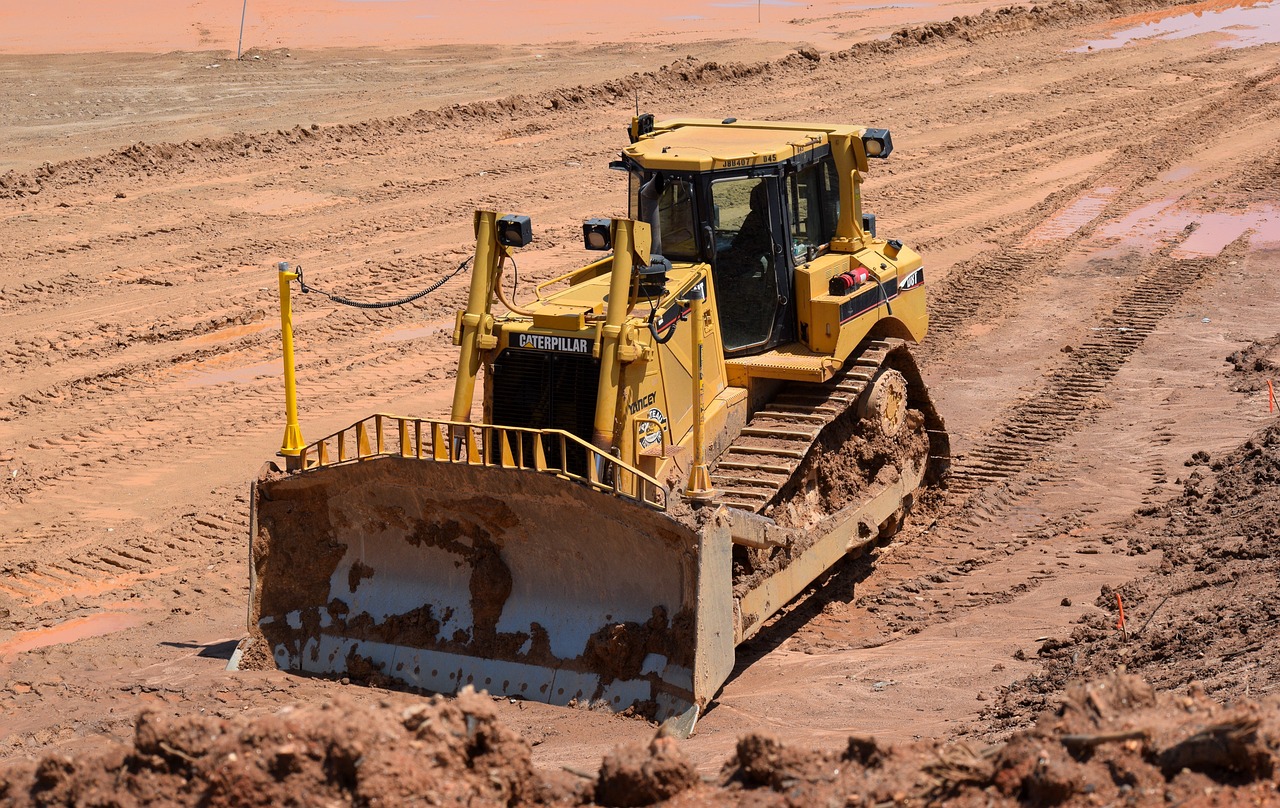The company’s website is its business card. It is the first thing a potential client interacts with, which is why a website must have a pleasant appearance, good UX / UI design, and high performance to achieve the best impression.
From time to time, any website needs upgrades to make it more user-friendly and to add new features and solutions. One of the popular CMS systems is Drupal. It helps personalize the client’s experience when interacting with the site and provides a great development experience for internal teams. And as with any system, it is evident that with the release of new updates, the question of how to complete a Drupal website migration will arise at some point.
Among the main challenges here is that a failed website migration can lead to a drop in rankings and traffic. It may put the business operations and brand reputation at risk. That is why making website migration smooth is crucial to avoid various vulnerabilities.
Let’s take a closer look at the specifics of such a CMS system as Drupal to understand better what steps an organization needs to take to migrate its website.
Why Drupal
Drupal is a useful and feature-rich CMS for content creation due to the scalability and efficiency it provides. With numerous advantages, it is one of the most powerful modern content management systems.
Drupal is used for approximately 3.1% of the top million websites, and 7.5% of the top 1,000. Among the businesses and organizations that use Drupal, we can find both world-famous brands and institutions (like Tesla, the White House, The United Nations, etc.), and new startups just entering the market. With the demand for this CMS, Drupal’s migration and integration processes are among the frequent reasons why companies are looking for a reliable complex B2B marketing agency since the site’s performance and, as a result, the company’s operation directly depends on the success of the migration. However, using the best tools and modules, this process can be performed seamlessly and less complicated than it might seem.
Why It Is Worth Migrating To Drupal
A modern and well-functioning website is essential for any business. And since everything is changing rapidly in the digital world, organizations should ensure that their content and data are successfully moved to a new website.
Among the top reasons why it is worth using Drupal are:
- Robust security features
- High efficiency and system flexibility
- Frequent updates and developers’ support
The flexibility and excellent scalability of Drupal have made this CMS so popular. Due to its advantages, it is equally well suited for small blogs, personal sites, and large e-commerce websites of large companies.
With a wide range of modules and plugins, companies can customize the system to suit their specific requirements, making Drupal the perfect tool.
Security is also one of the features of this CMS. Features such as user access control, data encryption, and strong password policies make Drupal an excellent choice for protecting your website and user data from various cyber threats. All these advantages ultimately lead to the fact that many companies are increasingly looking to Drupal when it comes to finding and choosing a reliable CMS.
How To Complete Drupal Website Migration
The migration process includes several stages with different steps to complete to move a website to this CMS.
Consider the three main stages that make up a website migration:
- Pre-migration
- Migration
- Post-migration
Developers should focus their efforts on different tasks to ensure that content and data from the old site can be safely and seamlessly migrated to the new company website at each of these stages.
Pre-migration
Before you start migrating your website, you need to do some preparation work to ensure you are ready for the process.
Data Backup
The first step is to back up the website data. It is critical to copy all crucial files and databases of the website before starting the migration process. The backup will help restore all the key files of the website in case something goes wrong during the migration.
Modules And Plugins
Due to the flexibility and scalability of Drupal, this CMS allows you to use a variety of modules and plugins. At this stage, it is essential to determine which ones you are using so that you can customize them according to the version of Drupal you are moving to.
Hosting Provider
In the preparatory phase, it is also important to choose a reliable hosting provider to optimize the platform to ensure the smooth and high-performance functioning of the website.
Choose The Version
Since Drupal has several versions, you should choose the option that best suits your needs and requirements for the site to use the features and benefits of the system that you are specifically looking for.
Migration
When all the preliminary steps have been completed, you can proceed to the next stage — website migration.
Install Drupal
The first step after choosing a new hosting provider is to install the platform, which you can then use to migrate your data.
Data Export
The next step is to export your data from the old website and CMS in a format that can be imported into Drupal.
Data Import
Once you have all the files, import the data using Drupal’s built-in import tools to the new platform, and then run the necessary configurations.
Customization
Customize the website to suit your needs once the data from the old site has been imported into the new one. Optimize the site for search engines, install modules and plugins, set the appearance, etc.
Post-Migration
The last stage after a successful website migration to Drupal is to ensure it is fully optimized.
Make A Test
Test its functionality before launching the website. Analyze forms, links, and interactive elements to guarantee they work correctly.
SEO Optimization
It is also essential to conduct an SEO audit after the launch of the site to understand whether the website is well-optimized for search engines.
Update Sitemap
The last step in the post-migration phase is to update the sitemap to reflect the changes. Thus, search engines could properly scan the website and index its pages.







